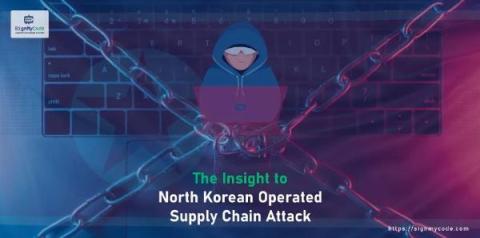Six Top Tips For Holistic AppSec and Software Supply Chain Security
Developing applications and working within the software supply chain requires hard skills such as coding and proficiency in programming languages. However, protecting the software supply chain also requires some softer skills and an openness to strategies and tools that will strengthen your security posture. In this two-part series, we will discuss these considerations and how they support a holistic approach to application security and software supply chain security.











